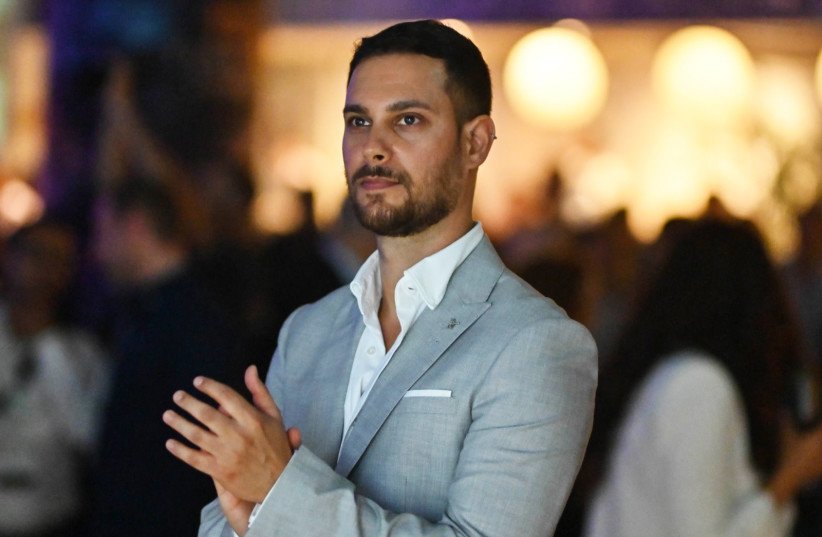In the wake of the tragic attack carried out by Hamas on October 7 in southern Israel, marketing veteran Avihai Blau is taking a bold step to launch an awareness campaign that aims to shed light on the plight of the hostages who were kidnapped from Israel by the terrorist organization. Blau's unique approach is centered around capturing the attention of children across Europe to encourage them to engage their parents in a crucial conversation about the ongoing crisis.
In a series of posters, beloved cartoon characters such as Spongebob Squarepants, Minions, and Princess Elsa are seen brooding, frowning, or crying. Superimposed at the top is text referring to the character by name: “Sorry Mickey,” one reads, “We can’t watch your show now. We are kidnapped in Gaza.” The bottom of each poster bears the hashtag #HamasIsIsis, beneath text which reads “Bring our children home.”
In a social media post, originally in Hebrew, Blau explained that his goal behind these eye-grabbing posters is to urge passing children to “stop their parents while walking on the streets and lead them towards the signs.”
“While the children try to understand why their beloved heroes are so sad, the parents will read the texts that will make them pause and delve into the sad message,” he wrote. “I hope this reaches the right places, resonates, and makes an impact. To snatch away young children, who are too small to even understand why the hell they are held captive, is beyond my comprehension, and if they can't raise their voices now, we will raise them.”
In an interview with the Jerusalem Post, Blau acknowledged that using the innocence of children as a way to spread the message is a heavy notion, but one that he believes is justified. “I think [exposing children to] these signs is a low price to pay,” he said. “I get it, it’s risky, and there are children on both sides here. But our kids, when they hear sirens and run to bomb shelters without even knowing what's going on — they are losing their childhoods in those moments,” he said.

'I don't want them to forget about the 34 teenagers and kids'
“The campaign initially began by me sharing it on my personal social media, like Instagram, Linkedin, Facebook and more Facebook groups. Then it started to become really viral, and I knew I would need to consult with a lawyer,” he said, recalling that he reached out to a law firm for help in case he ran into any copyright issues as the numbers kept rising. The firm he found, Goldfarb Gross Seligman, generously contributed to the campaign without any charge, doing it with wholehearted dedication.
“In the end, I am using 13 publicly-known figures. But the thing is that I'm not using it for my own good. I'm not earning money from it,” he said, explaining that this distinction gives him enough legal wiggle room to move forward with the campaign with confidence. “The fact that I’m only using it to promote public awareness is a legal breakthrough.”
“My goal is to increase public awareness of the situation and let everyone know what’s really going on,“ Blau continued. “And I don't want them to forget about the 34 teenagers and kids under 18, who are still in Gaza, being held hostage by terrorists.”
